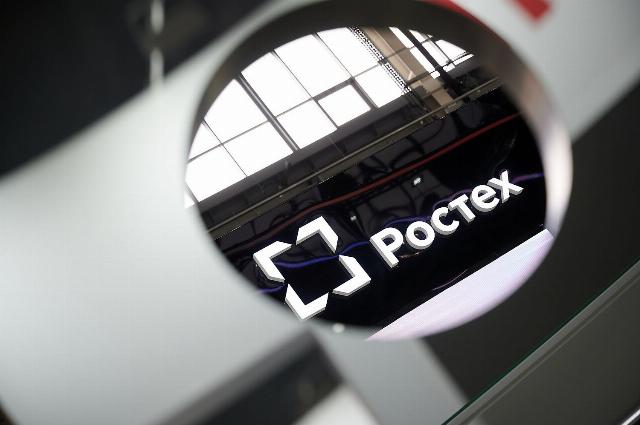A new line of non-self-propelled barges developed by the company will be used in cargo transportation in shallow river and coastal marine areas.
171 separate design and technology bureau of Remvooruzhenie Holding (part of RT-Capital of Rostec State Corporation) has developed design documentation for a line of non-self-propelled barges adapted for shallow river and coastal marine areas. The products are suitable for a "river locomotive": one tugboat can pull up to three such vessels at once. The solution will allow replacing the outdated fleet of transport barges that are currently operated in the river fleet, and increasing the share of inland waterway transportation.
The new barges are designed for operation in water areas with a depth of no more than 3-4 meters: shallow rivers, seas with a high bottom level — the Caspian and Azov and coastal marine areas. In addition, the vessels will allow cargo transportation along shallow sections of large rivers without the need for dredging. In addition, these types of barges can be used as part of a federal project to improve water bodies: "Improving the Volga", "Preserving Lake Baikal" and "Preserving unique water bodies" — for dredging, clearing river mouths or collecting contaminated wastewater from enterprises in small and inaccessible river areas.
"Today in Russia, over 40% of barges over 50 years old are operated on shallow rivers, which is higher than the standard operating life. In the next two to three years, more than a thousand such vessels will be out of service. The created solution will allow updating the rapidly aging shallow-water cargo fleet, as well as increase the efficiency of waterways. The basic demand is estimated at around 1.6 thousand such barges. They will also become an important infrastructural tool to overcome logistical isolation and increase accessibility of individual subjects in conditions of rapid river shallowing. The development is especially relevant for Siberia and the Far East, where only 154 of the 375 small rivers are actively used today," Remvooruzhenie holding said.
The design of the barges will allow them to be sequentially undocked and unloaded along the route without stopping the entire caravan. This will create a flexible and scalable transport chain. This will increase the speed of cargo transportation, reduce downtime and minimize logistical costs, especially given the underdeveloped river infrastructure. These types of barges may be in demand by small river carriers, logistics companies, and River Fleet structures as part of the development of river transport, municipal authorities of small towns located along rivers.
At the first stage, the Design bureau offers two types of vessels. The first is a container barge with a length of 83.2 m, a width of 11.34 m and a height of 5.6 m, with a maximum draft of up to 2.5 m and a displacement of 2,200 tons. The vessel will be able to carry up to 20 specialized cylindrical containers or 10 standard 20-foot containers, with the possibility of placing cargo both on deck and inside the hull.
The second project is an oil loading barge with a length of 24.5 m, a width of 4.2 m and a height of 2.7 m, with a tank capacity of 50 m3. The loaded vessel will have a displacement of 79 tons, with a draft of only up to 1.7 m. The barge will allow transporting petroleum products and chemical liquids even under difficult logistical scenarios, for example, when supplying small refineries or facilities in the Arctic.
Both types of barges allow for autonomous unloading in the absence of port equipment. In the future, the project can be adapted to the Northern Sea Route by installing a cargo heating system, strengthening ice protection and expanding automation.
Previously, 171 OKTB JSC, together with the 35th Ship Repair Plant, implemented projects for the development and construction of both self-propelled and non-self-propelled barges for servicing the waters of the northern seas, as well as for collecting radiation water from the nuclear fleet. The new development is a continuation of the work already carried out, taking into account modern requirements.

